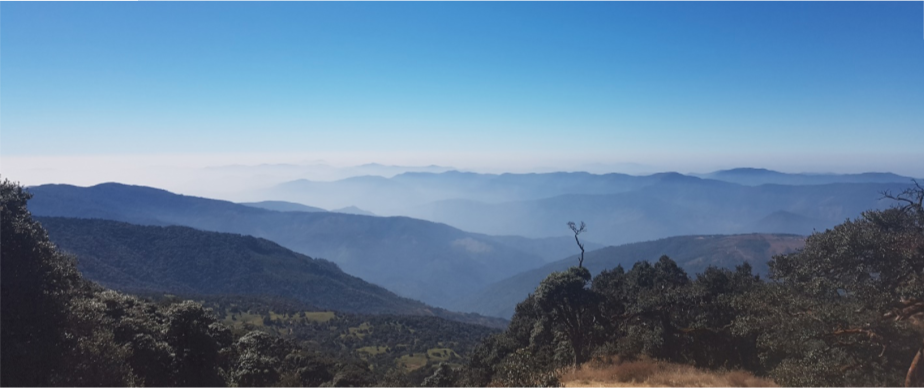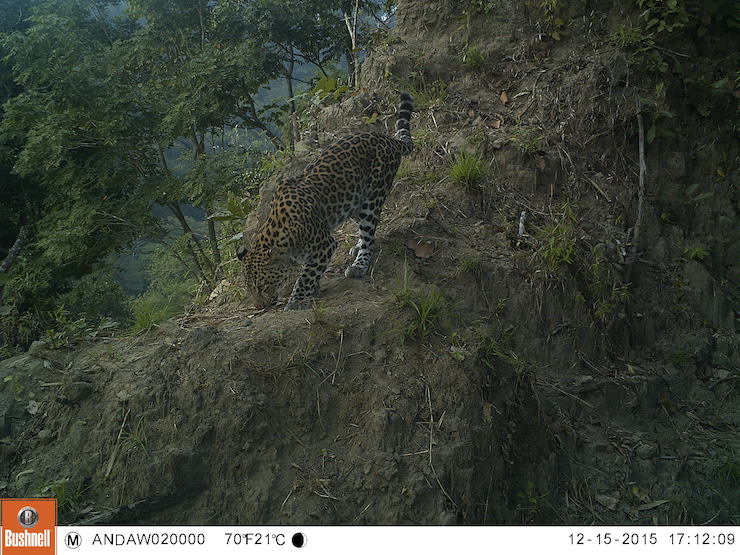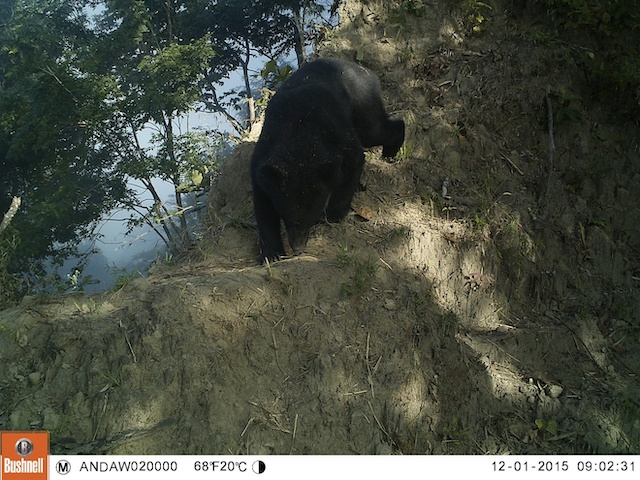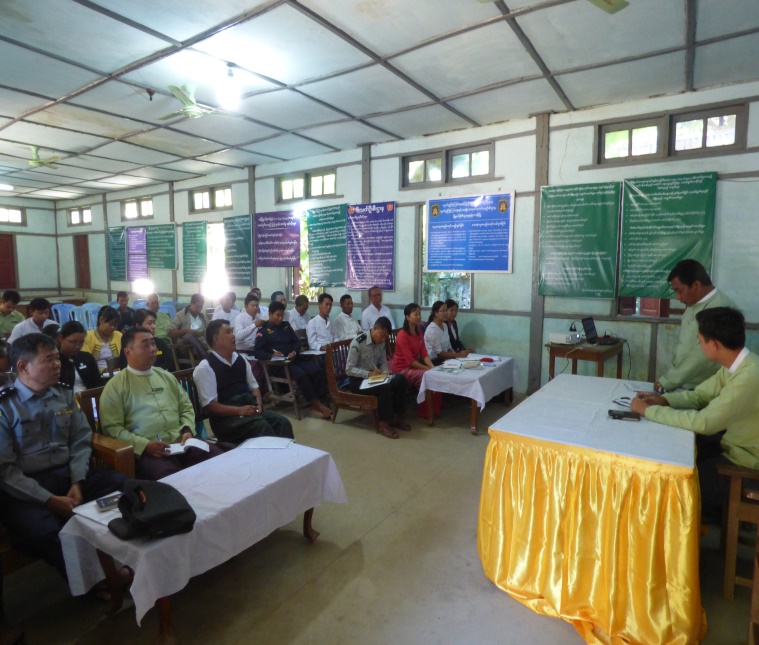
The Republic of The Union of Myanmar is a golden country, blessed with natural resources, unique ecosystems and biodiversity richness. However, in recent decades, increase in population, unsustainable overexploitation of natural resources had led to steady decline of natural resources. To prevent such deplorable situations, Forest Department, under the administration of Ministry of Natural Resources and Environmental Conservation, established protected areas to conserve precious natural resources and biodiversity of Myanmar. In present, 40 protected areas were notified, covering 5.79% of the country’s area. Many more protected areas will be established in the future, with a goal for 10% of Protected Area coverage across the country. As of NBSAP ( 2015-2020), Myanmar is trying to establish new protected area including ICCAs to cover 8% of total land area by 2020. Community participation in the protected area management is also a one of the NBSAP’s targets followed by the specific actions. Biodiversity is not protected because of plans or international agreements but because Myanmar citizens rely on it for their daily needs, food, shelter and livelihoods. Although the strategic and management plans were developed for some protected areas in the past, these are need to be updated and some protected areas still do not have the plans yet. In order to fill up the gaps, with the combined efforts of the Forest Department, ASEAN Centre for Biodiversity and WCS-Myanmar Program, 5-year management plans (2018-19 to 2022-23) have been developed for Alaungdaw Kathapa National Park(AKNP) and Natmataung National Park (NMTNP) respectively.

During the management plan developing process, a series of coordination meetings were also convened with aim to form Protected Area Management Supporting Unit (PAMSU) in related townships linked with the park. These meetings were conducted a total of 16 times in AKNP and 14 times in NMTNP to ensure public participation. The draft management plans were also submitted to PAMSU and local communities for their comments and agreements. Management plans were improved further based on comments and suggestions received during the meetings. Community based biodiversity conservation trainings were also convened to increase capacity and participation of the local communities in conservation activities. It was a wise and successful move, the local communities enthusiastically participated in the process.

With the united efforts of all stakeholders, strategic management plans for both AKNP and NMTNP came into fruition in late 2017. Immediately afterwards, park conservation and law enforcement activities were conducted in accordance with management plans. As participation and cooperative approach was the core of the management plan development process, the coordination among local communities, related government institutions, parliament members and park authorities are found to be more harmonic and mutualistic than ever before.

Without the unity and coordination among local communities, parliament members and related government institutions, such achievements would not have become a reality. The successful implementation of strategic and effective management plans for protected areas in Myanmar is a huge enforcement for biodiversity and natural resources conservation. All must join hands and cooperate to build a better future with sustainable resources for thousands of generations to come!
Ye Lin Aung
Kyaw Khaung Thant Zin
WCS Myanmar